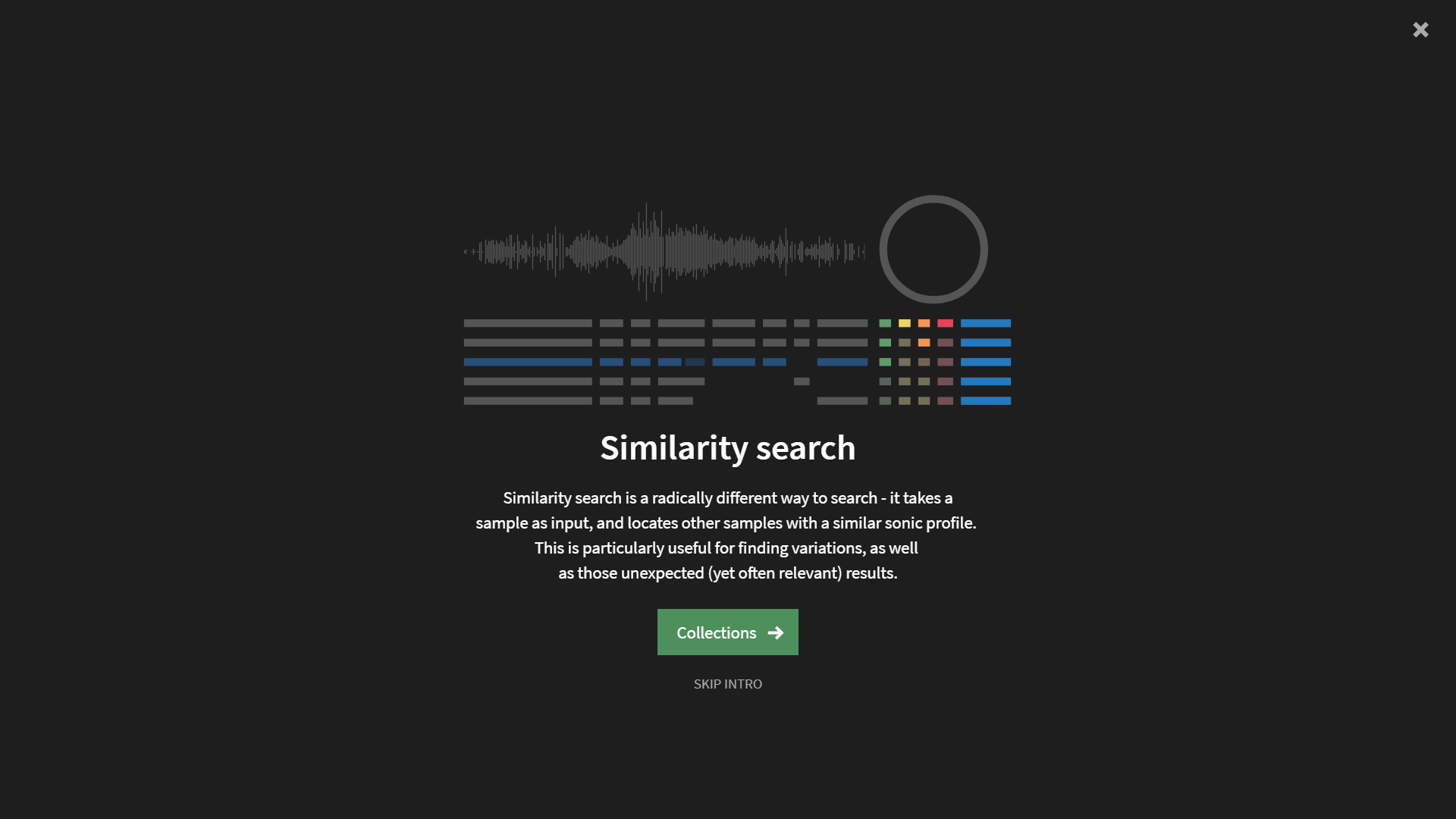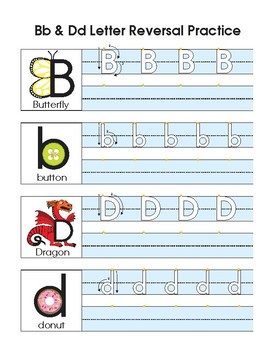
In my clinical experience, I have found that children with high rates of ear infections and PE tubes (ear tubes) struggle with sound awareness. Resulting in a negative impact on math skills. Similar struggles may also be seen with numbers, If a child is lacking phonemicĪwareness, they may struggle with letter identification and spelling needed forįluent written expression. The current theory among the educational community is that There can be a connection between letter reversal problems and phonetic awareness delays. Using multisensory formation activities helps to establish that motor plan. In many cases, working on letter and number formation so the muscle memory is established with fix reversal issues.

Numbers that are commonly written backwards include:Įach of these numbers also have a direction change which could easily be confused. The can sometimes “guess” the correct direction which results in letters being written backwards. Children that are still developing handwriting skills are establishing the motor plan for direction changes with the pencil. These letters are often written backwards:Įach of these letters has a starting point at the top and pencil strokes that then go into a different direction.

Kids are getting the muscle memory in place can replace one letter or number for another. For children that are just learning to write, spatial integration can be still developing. It’s easy to see why the letters and numbers listed above are often reversed. These letters and numbers are often times transposed for one another: So, knowing that it is quite common developmentally, to reverse letters and numbers up until age 7 or 8, it can also help to know which letters are commonly reversed in writing.

Some kiddo’s develop these skills faster than others. Strokes, automation of letter formation, and higher level cognitive skills for Skills needed range from phonetic awareness, ability to imitate pre-writing Needed to form a letter correctly and automatically during written expression. It takes our brains that long to integrate all the skills Working on letter reversals in occupational therapy (and other visual perceptual areas) can be a common occurrence for school-based OTs…but just because kids are writing letters backwards, it doesn’t mean there is a true problem indicating a need for intervention. And when kids write letters backwards it is actually typical development in handwriting skills. That’s right! Letter reversals are normal up to a certain age range. Reversals are age appropriate up until 7-8 years of age!


 0 kommentar(er)
0 kommentar(er)
